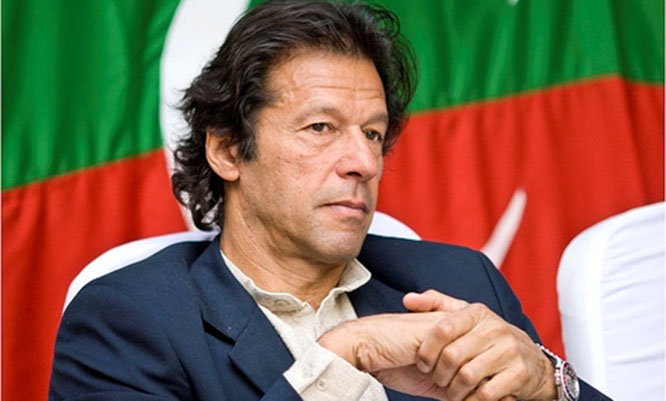A major upgrade in safety and monitoring is planned for Haj 2026, with every Indian pilgrim set to receive a Haj Suvidha smart wristband linked to the official Haj Suvidha mobile app. The initiative aims to support pilgrims—especially senior citizens—who may struggle with smartphones during the 45-day journey.
What the Smart Wristband Will Do
Officials said the device will come with:
• Location tracking
• Pedometer
• SOS emergency button
• Qibla compass
• Prayer timings
• Basic health monitoring
SP Tiwari, secretary of the UP State Haj Committee, said the goal is to make the pilgrimage safer and more comfortable.
“Most Hajis are elderly and not comfortable with mobile apps,” he said. “The smartwatch will help locate pilgrims who forget their way or cannot communicate their location.”
The wristbands will be monitored by the Consulate General of India in Saudi Arabia, similar to mobile tracking via the Haj Suvidha App.
Free Distribution and Training
• Smart wristbands will be given free of cost.
• Training for pilgrims will be conducted between January and February 2026.
• Sample units will reach state Haj committees soon.
• Final devices will be distributed as pilgrims begin their journey.
New Rules for Accommodation
Two major decisions have also been finalised for Haj 2026:
1. Separate rooms for men and women – including married couples. They may stay on the same floor but must occupy different rooms, following stricter Saudi guidelines.
2. Cooking banned – gas cylinders will not be allowed; all meals will be provided through official catering services arranged by the Haj Committee of India.
These decisions were finalised during a meeting of the Haj Committee of India and state representatives in Mumbai.
Haj Suvidha App Launched Earlier
The government launched the Haj Suvidha App in 2024, offering:
• Training modules
• Accommodation and flight details
• Baggage information
• SOS and translation tools
• Grievance redressal
Haj 2026 Quota and Key States
• India’s total Haj quota for 2026: 1,75,025 pilgrims
• 70% (1,25,000) allotted to the Haj Committee of India
• 30% (around 50,000) reserved for Haj Group Organisers
Uttar Pradesh has the largest allocation (around 30,000 seats), though approximately 18,000 pilgrims are expected to go this year. States with high pilgrim numbers include Kerala, Maharashtra and Gujarat.
Dates of Haj 2026
The pilgrimage is scheduled to take place from 24 May to 29 May, 2026 (tentative).
Haj is one of the five pillars of Islam and is mandatory for Muslims who meet the required conditions.






Comments
Add new comment